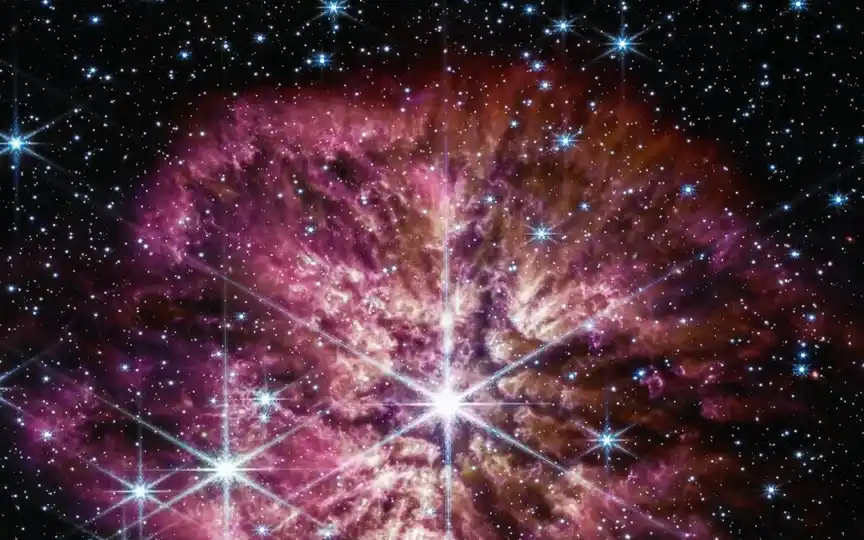Discovering a ‘Sand Rain’ Giant Planet: 200 Light Years Away!
NASA’s James Webb Space Telescope has made a groundbreaking discovery about Wasp-107b, a planet situated 200 light years away in the Virgo constellation. This remarkable celestial body, known as the ‘candy floss’ planet due to its substantial yet lightweight composition, exhibits a range of unique characteristics such as sand precipitation, extreme heat, and winds carrying the scent of sulphur dioxide.
The “Candy Floss” planet
Wasp-107b, discovered in 2017 by intermittent flashes of light from its host star, has become the focus of astronomers’ attention. Recent observations by the James Webb Telescope provide an unprecedented glimpse into this exotic world beyond our solar system. Silicate sand clouds, rain and extreme atmospheric conditions characterize this distant planet, The Guardian reports.
The mystery of Wasp-107b
Professor Leen Decin of the Catholic Institute (KU) Leuven, first author of the study, highlighted the limitations of our understanding of other planets and stressed that our knowledge is mainly Earth-centric.
Wasp-107b, which is nearly the size of Jupiter but has a mass similar to that of Neptune, is a unique target for the James Webb telescope. Its vast and diffuse nature allows the telescope to dig deep into its atmosphere. Dr Joanna Barstow, a planetary scientist at the Open University, expressed her excitement at the unexpected quality of the data from these observations.
Wasp-107b’s atmospheric ballet
The findings, published in the journal Nature, reveal evidence of water vapor, sulfur dioxide and the identification of silicate sand as the chemical composition of the clouds of Wasp 107b. The planet’s atmosphere acts like a water cycle filled with sand, where microscopic grains of sand circulate between solid and gaseous states.
Although Wasp-107b’s hostile climate rules out its potential for life, the telescope’s ability to probe the atmospheres of distant planets will be crucial in future searches for biosignature gases that may indicate the existence of life. Professor Decin acknowledged the universe’s many surprises and called for a broader imagination to explore alternative ways for life to form on distant planets. He understood that life beyond Earth could manifest itself in significantly different ways than we know.




